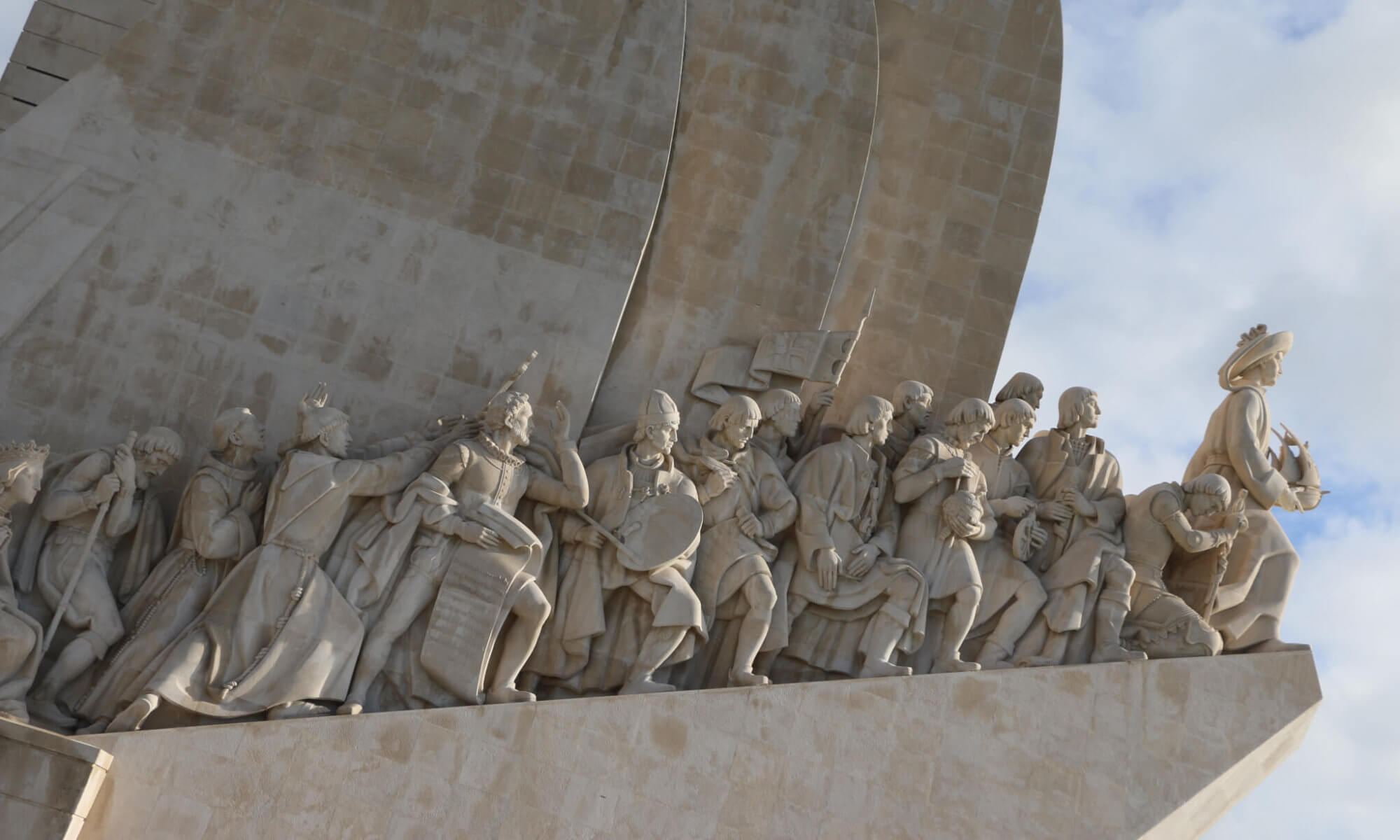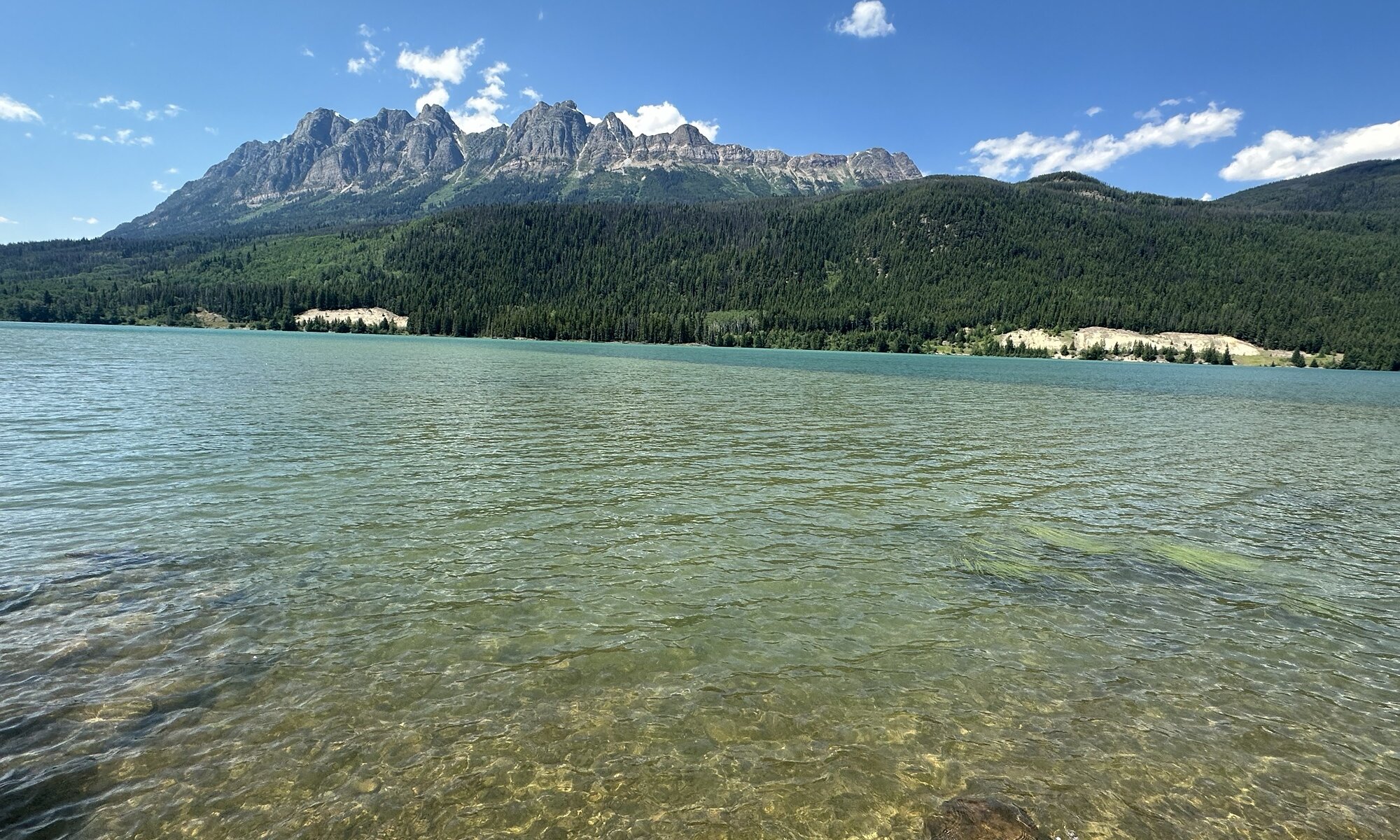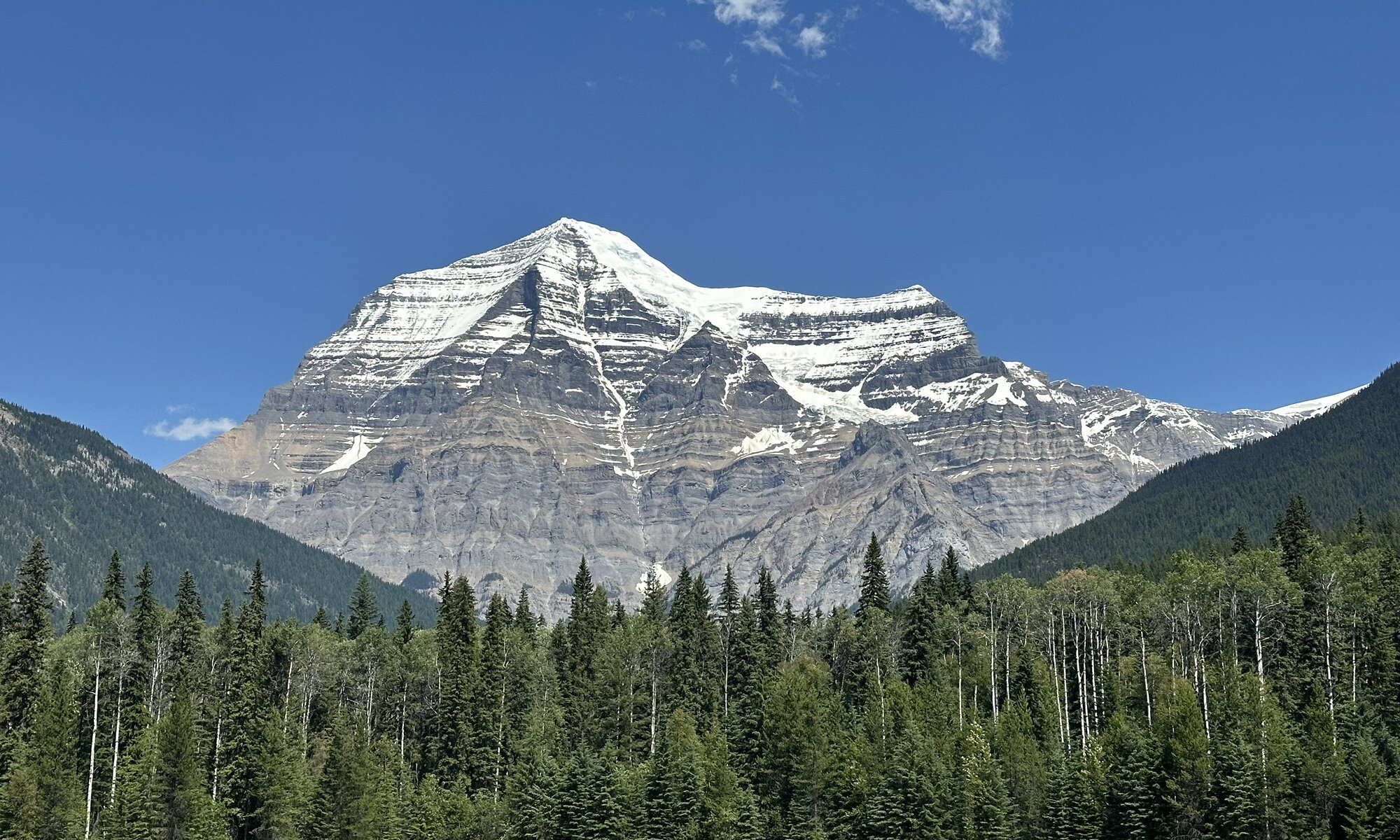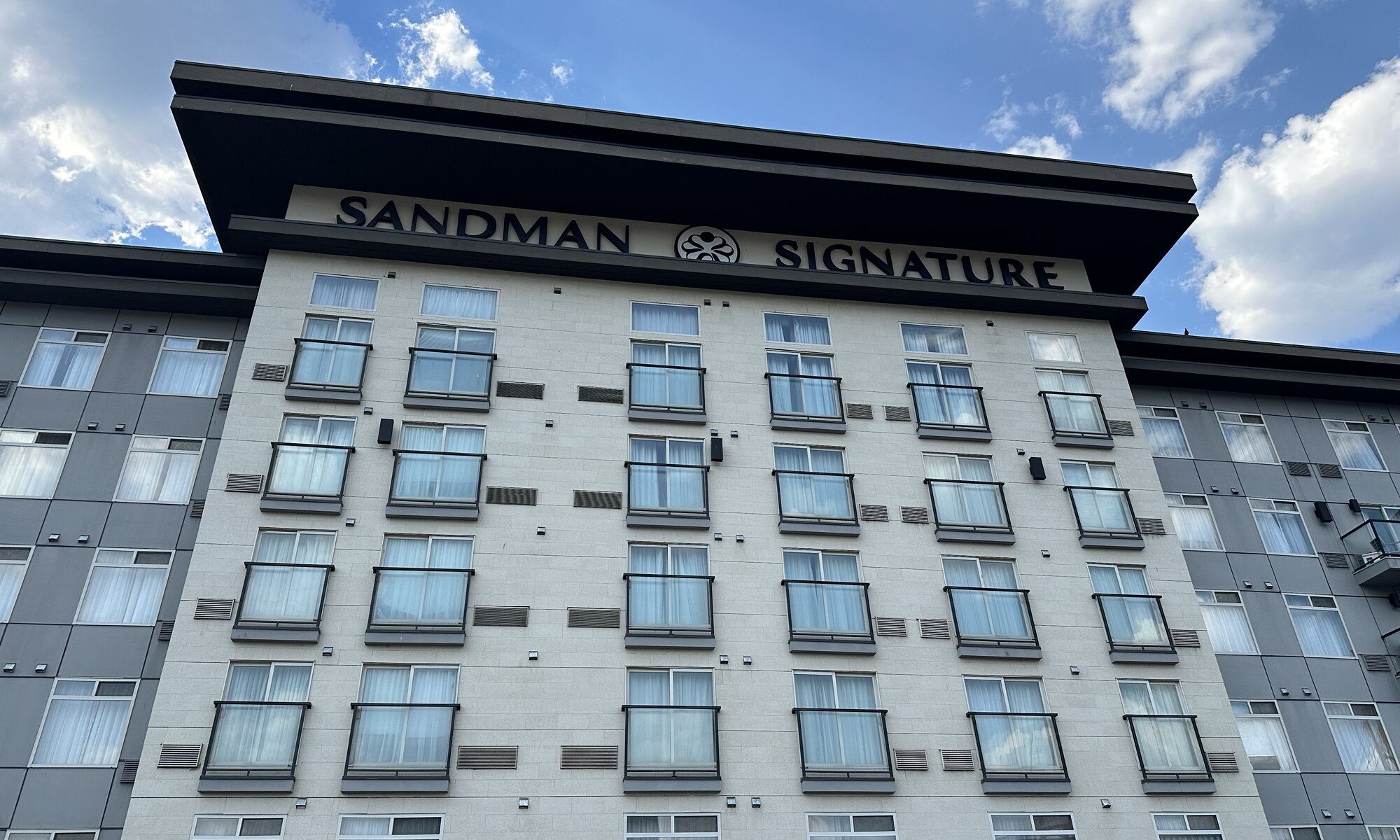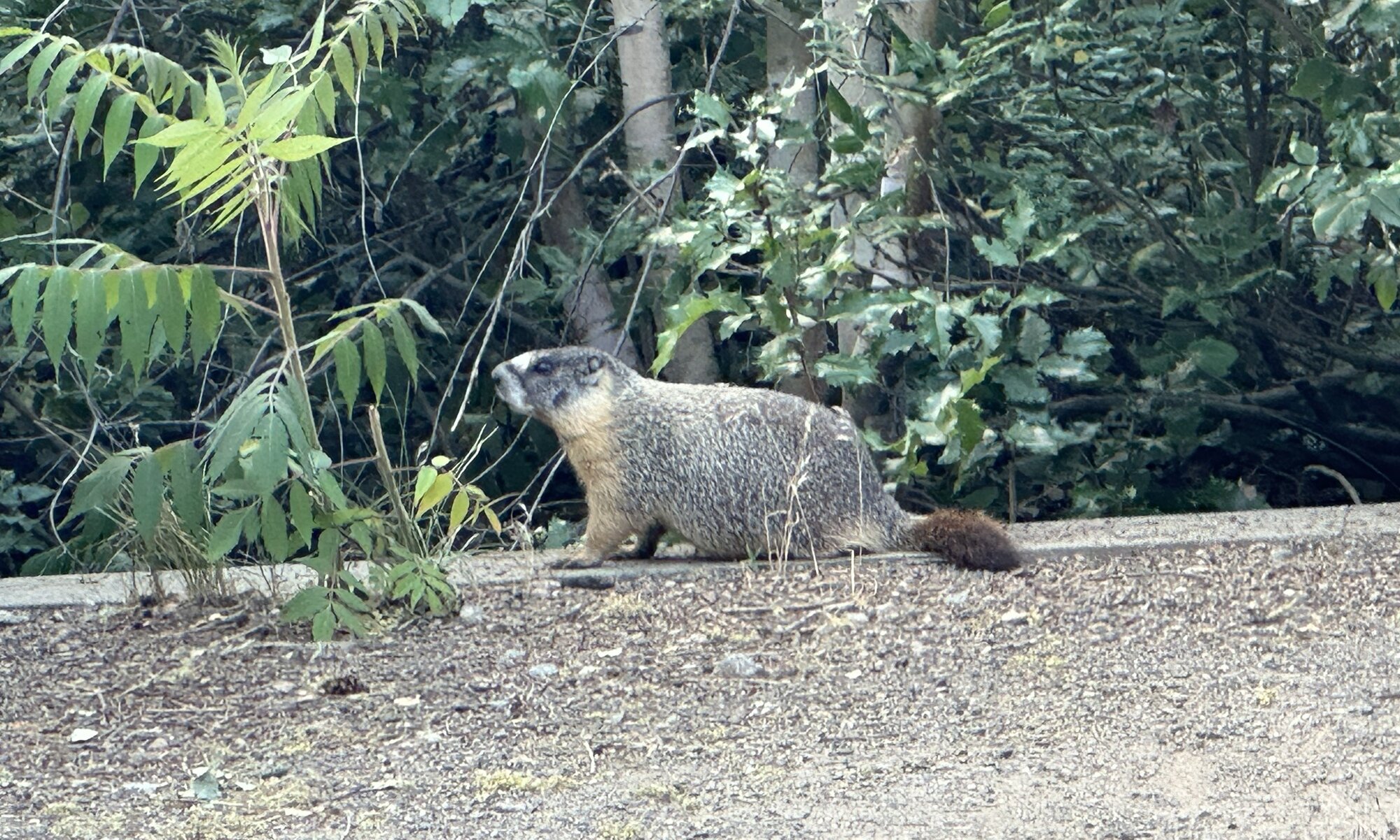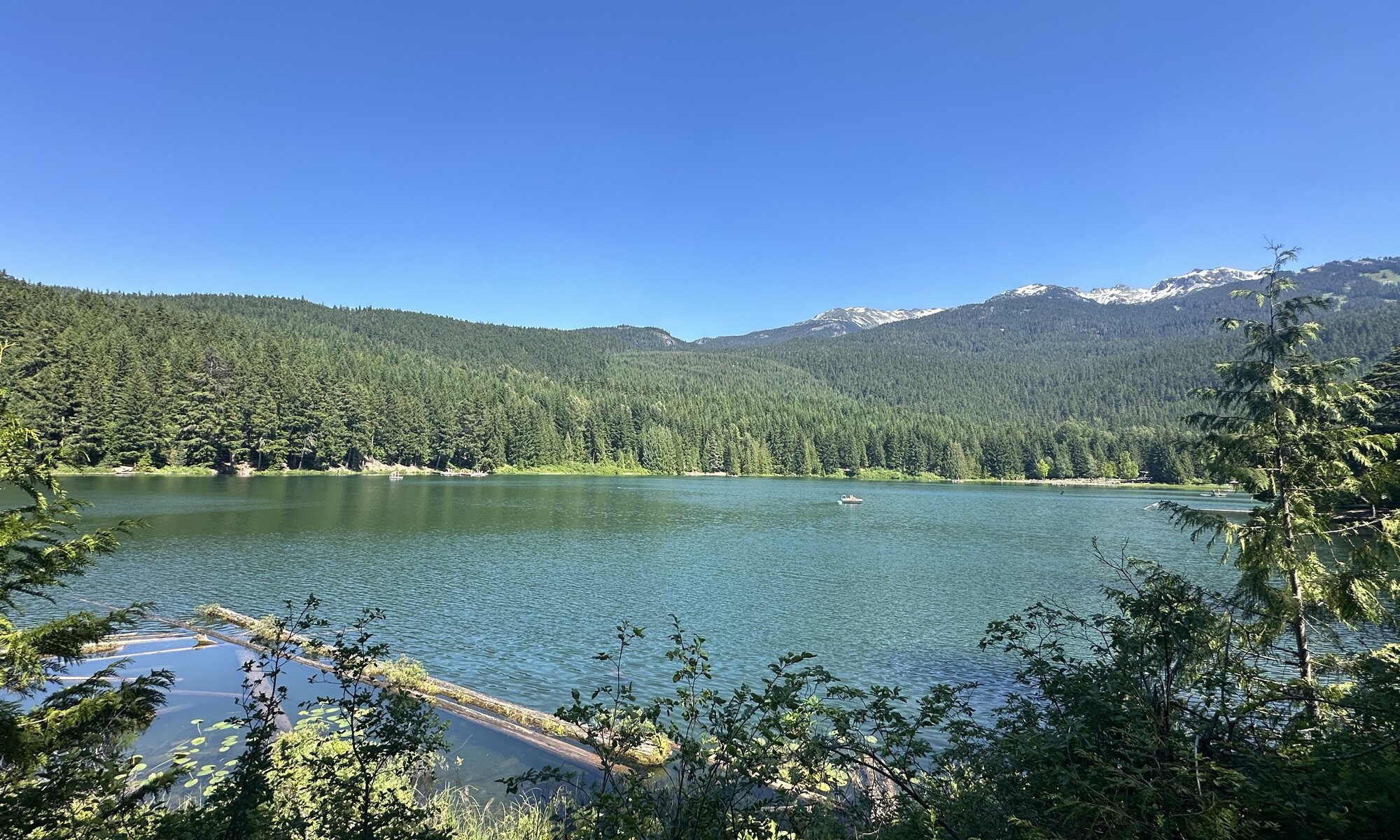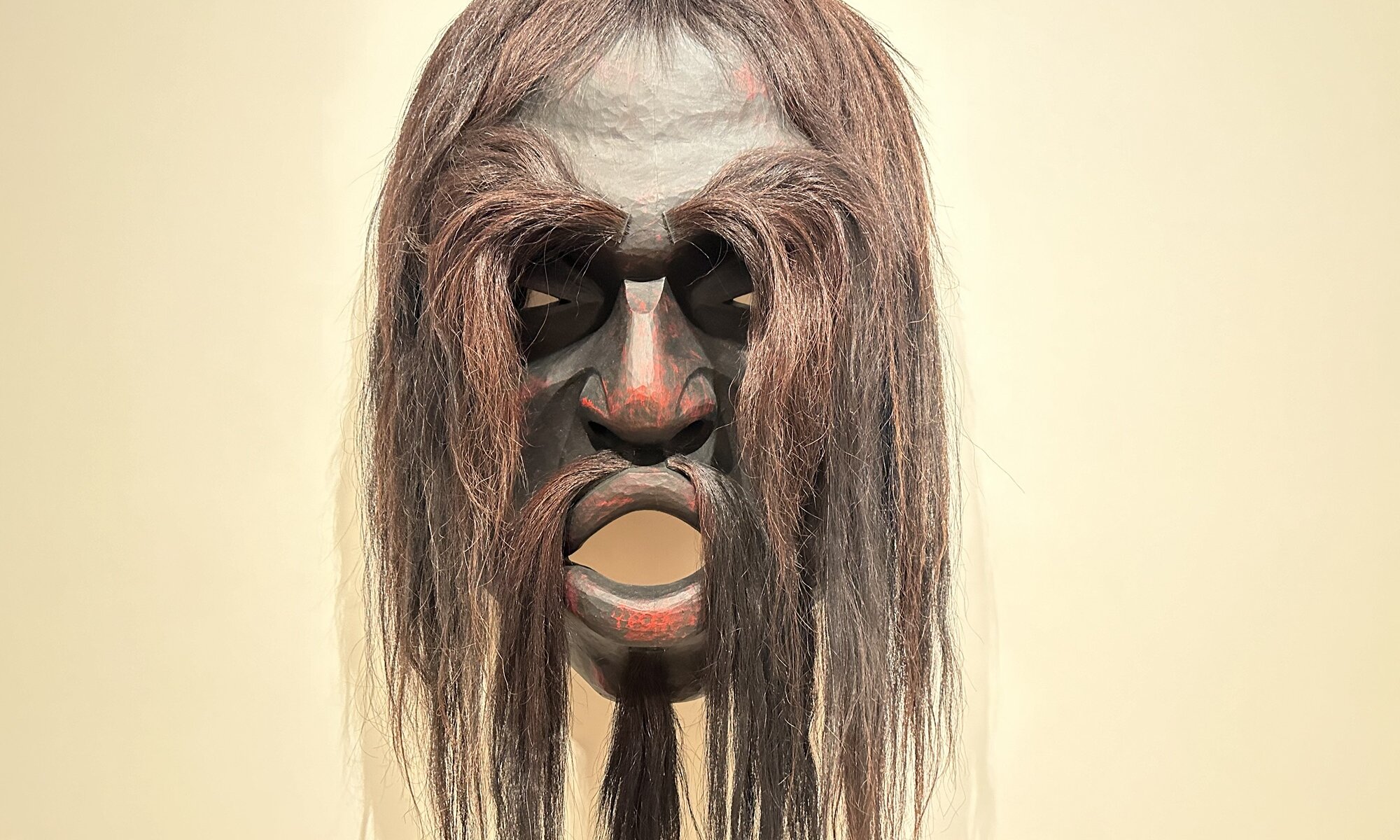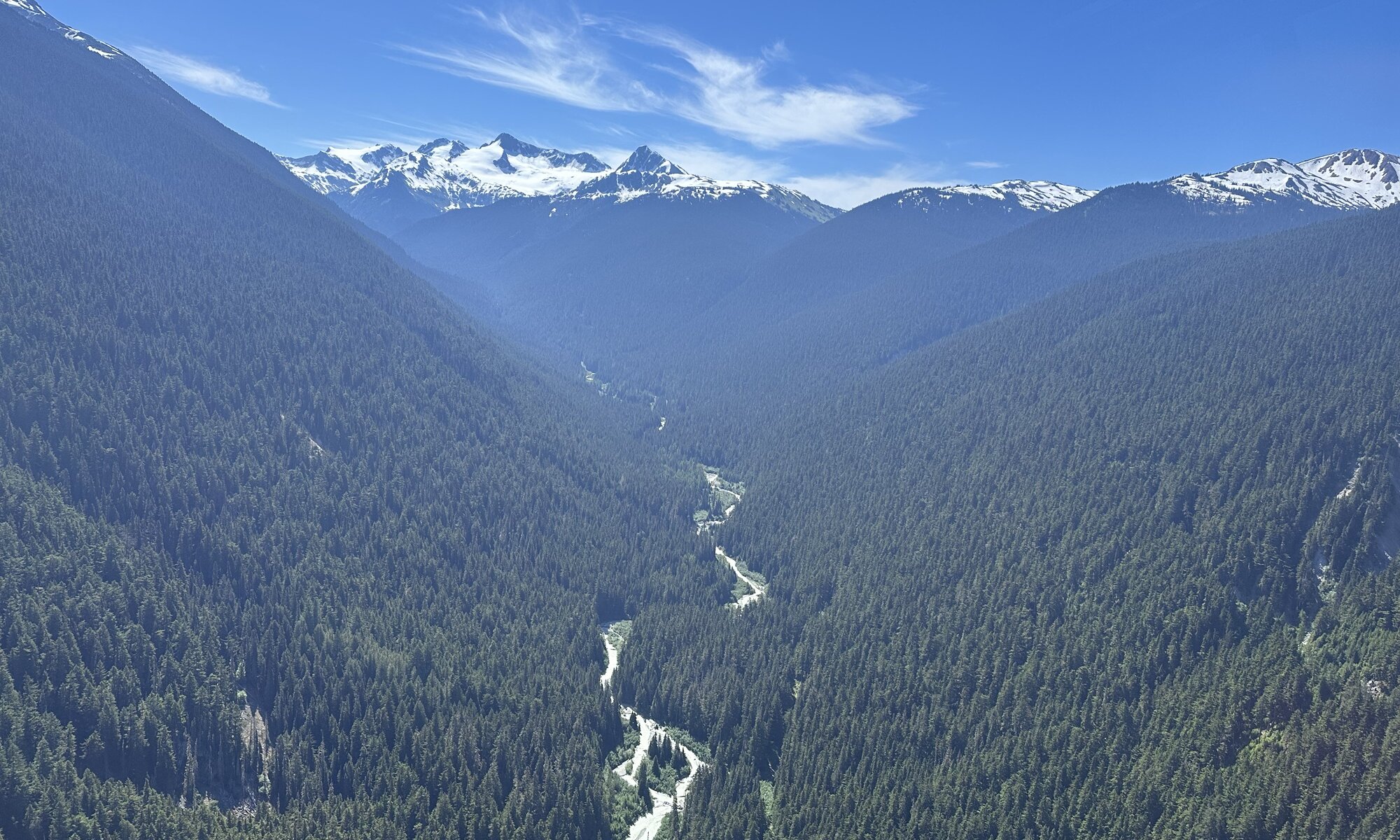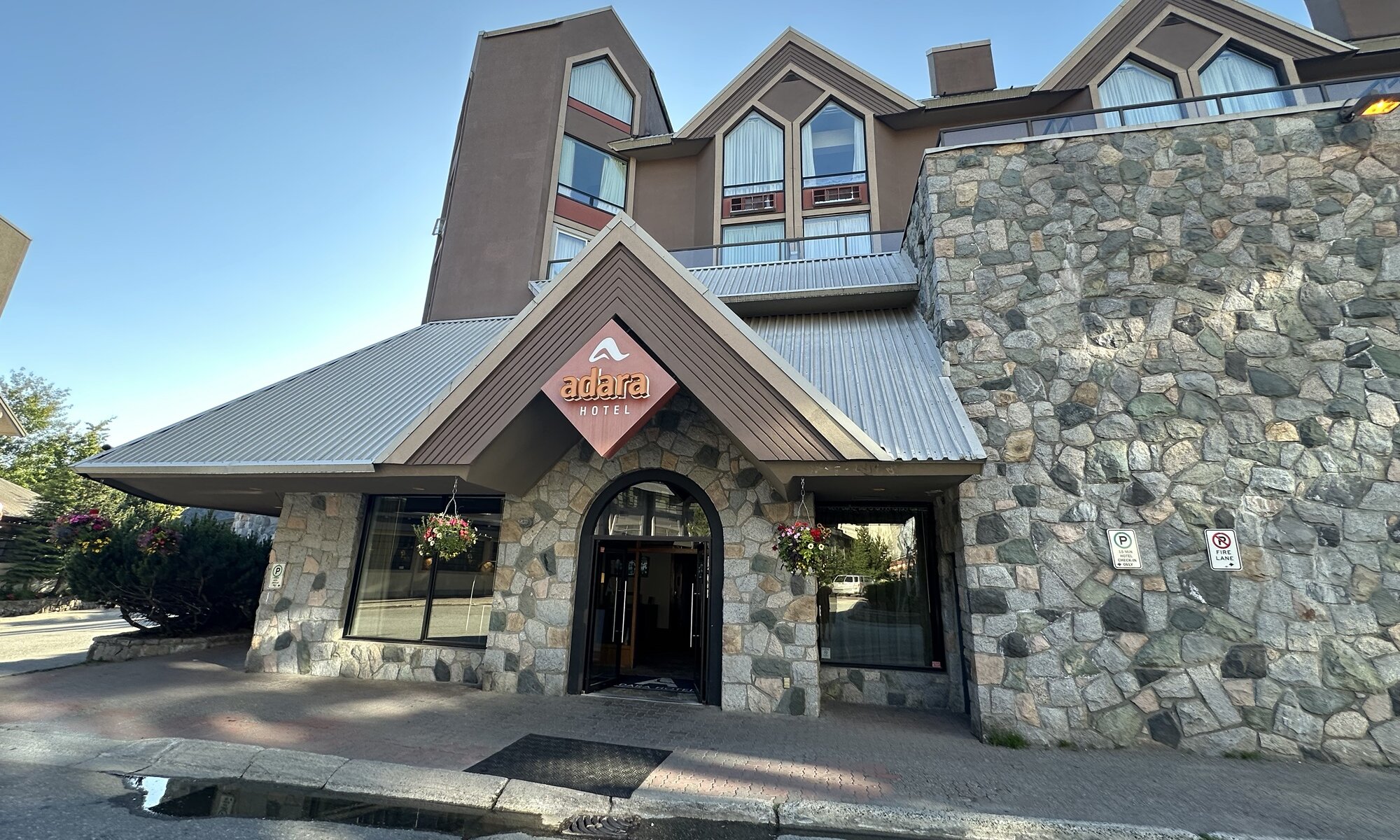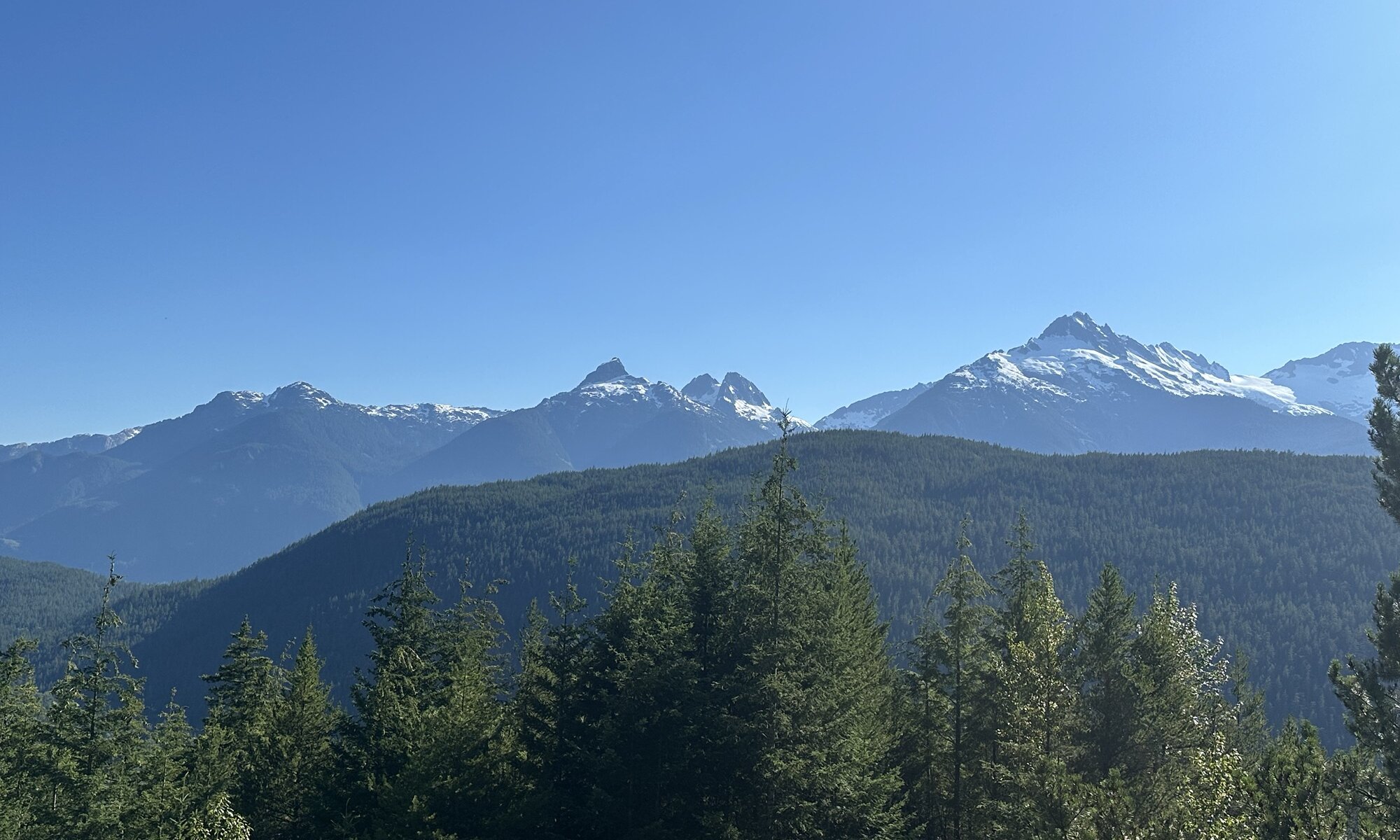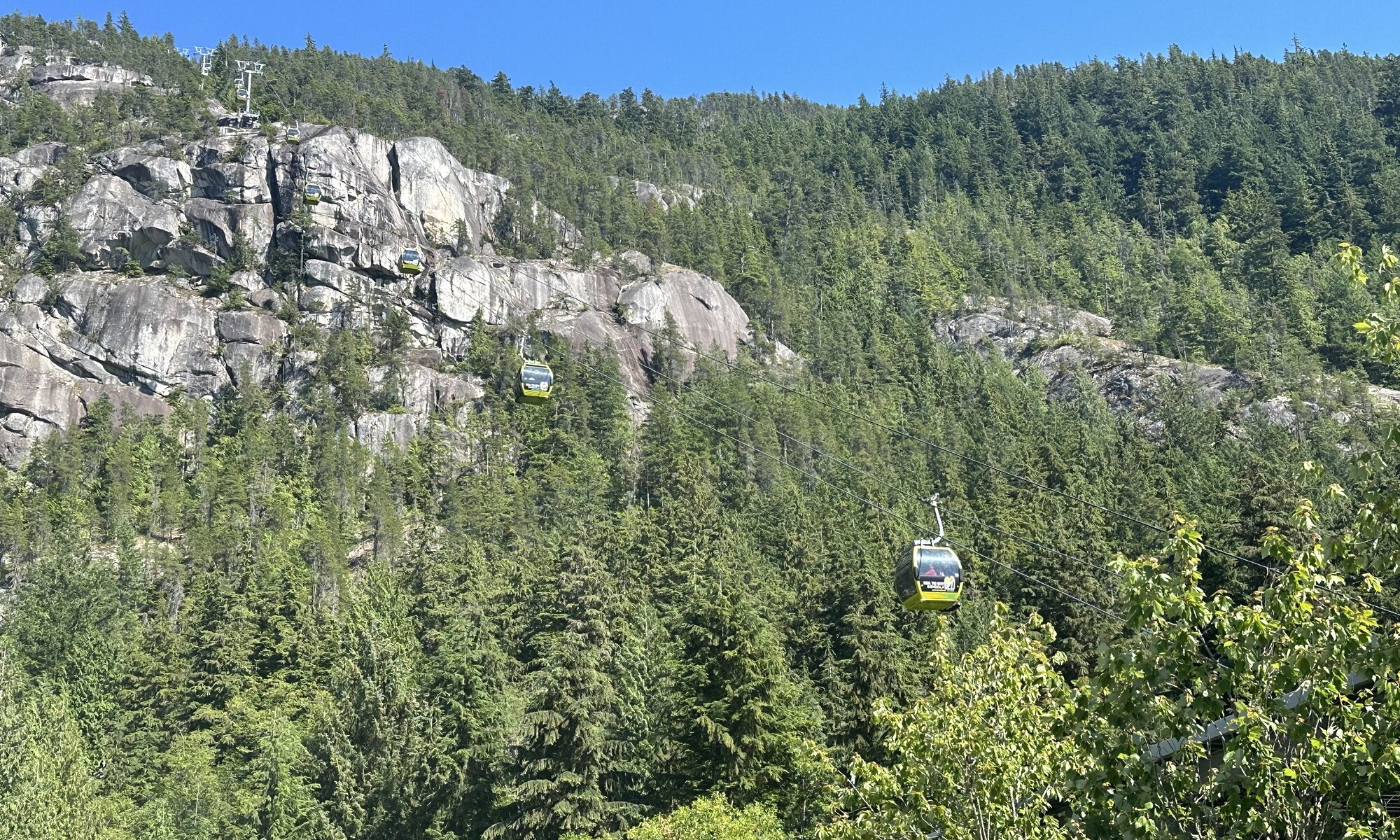Driving from Mount Robson to Jasper is a spectacular journey through the heart of the Canadian Rockies, offering breathtaking views of towering peaks, alpine meadows, and glacial rivers. As you travel east along Highway 16 (Yellowhead Highway), you leave Mount Robson Provincial Park in British Columbia and enter Jasper National Park in Alberta, officially crossing the provincial border. This transition is more than just a geographic change—it also marks a shift in time zones, as you move from Pacific Time (PT) to Mountain Time (MT), losing one hour.
Continue reading “Time warp”Mount Robson
Mount Robson, the highest peak in the Canadian Rockies at 3,954 meters, is a stunning landmark located in Mount Robson Provincial Park in British Columbia. Known for its breathtaking views, glacial landscapes, and challenging hiking trails, Mount Robson attracts adventure seekers and nature lovers alike. The Kinney Lake Trail is a popular hike, offering spectacular views of the mountain and its surrounding wilderness. For visitors planning to explore Mount Robson Provincial Park and other areas within the park, tickets or passes are typically required for access, especially for activities like camping or hiking.
Continue reading “Mount Robson”Sandman
Kamloops is a city halfway between Vancouver and the Canadian Rocky Mountains. It is located at the Thompson River and seems to be the place for many different contests: during my stay the Scottish Dance Contest was held (at the Sandman Centre) close to my hotel, the Sandman Signature. The hotel is located next to the riverside park and after crossing the railway tracks you’re directly inside the city center with many good restaurant and shopping options.
Continue reading “Sandman”Wildlife
Close to Kamloops you can find the British Columbia Wildlife Park. It offers visitors the chance to experience and learn about the diverse wildlife native to the region. Spanning over 106 hectares, the park features more than 65 species of animals, including black bears, bison, wolves, cougars, and birds of prey. The park is designed to provide a safe, natural environment for its residents, many of whom have been rescued or rehabilitated.
Continue reading “Wildlife”Lost lake
Lost Lake is a serene alpine lake near Whistler Village, offering a peaceful escape with stunning mountain views, crystal-clear waters, and scenic trails surrounded by lush forests. The lake is a popular year-round destination, with hiking and biking trails in the summer and groomed cross-country skiing and snowshoeing routes in the winter. To reach Lost Lake on foot, start from Whistler Village and follow the Valley Trail, a well-maintained, easy path that takes about 20-30 minutes to walk.
Continue reading “Lost lake”Potlatch
The Audain Art Museum, located in Whistler, British Columbia, is a stunning architectural and cultural landmark that showcases an impressive collection of Indigenous and contemporary Canadian art. One of its highlights is its extensive collection of First Nations artworks, including historical and modern carved masks, totem poles, and paintings from the Coast Salish, Haida, and Kwakwaka’wakw peoples. A key theme in many of these works is the Potlatch, a traditional ceremonial feast and gift-giving event among Indigenous peoples of the Pacific Northwest.
Continue reading “Potlatch”Roundtrip
Whistler in summer transforms from a world-class ski resort into a paradise for outdoor enthusiasts, offering everything from hiking and mountain biking to scenic sightseeing and alpine adventures. The lush Coast Mountains provide the perfect backdrop for exploring Whistler’s extensive trail networks, crystal-clear lakes, and vibrant village atmosphere. One of the best ways to experience Whistler’s breathtaking scenery is by taking its impressive gondola system, which provides access to high alpine terrain without the need for strenuous hiking. The Whistler Village Gondola carries visitors from the village to the Roundhouse Lodge on Whistler Mountain, while the Blackcomb Gondola ascends to Rendezvous Lodge on Blackcomb Mountain, offering incredible views along the way.
Continue reading “Roundtrip”Adara
The city of Whistler reminded me much of the beautiful towns of the Swiss Alps, but it is also a bit Disneylandish. It has it’s unique style, a car-free city center, lots of water in different colors passing the city center and the highest density of gondolas and lifts for winter and summer sports I’ve ever seen. Close to the pedestrian zone and the Whistler Conference Center you can find the Adara Hotel – a good hotel with nice rooms including terraces, a rooftop pool and a connected restaurant.
Continue reading “Adara”Adventure
‘You’re off to great places, today is your day. Your mountain is waiting, so get on your way.’
– Dr. Seuss
Sea to sky
When being close to Squamish, British Columbia, you can’t leave out a tour with the Sea to Sky Gondola (named after the road it can be found next to). The gondola offers breathtaking views of the Howe Sound fjord, towering coastal mountains, and lush forests. This scenic gondola ride takes visitors 885 meters above sea level, providing access to a stunning alpine landscape with a variety of outdoor activities.
Continue reading “Sea to sky”